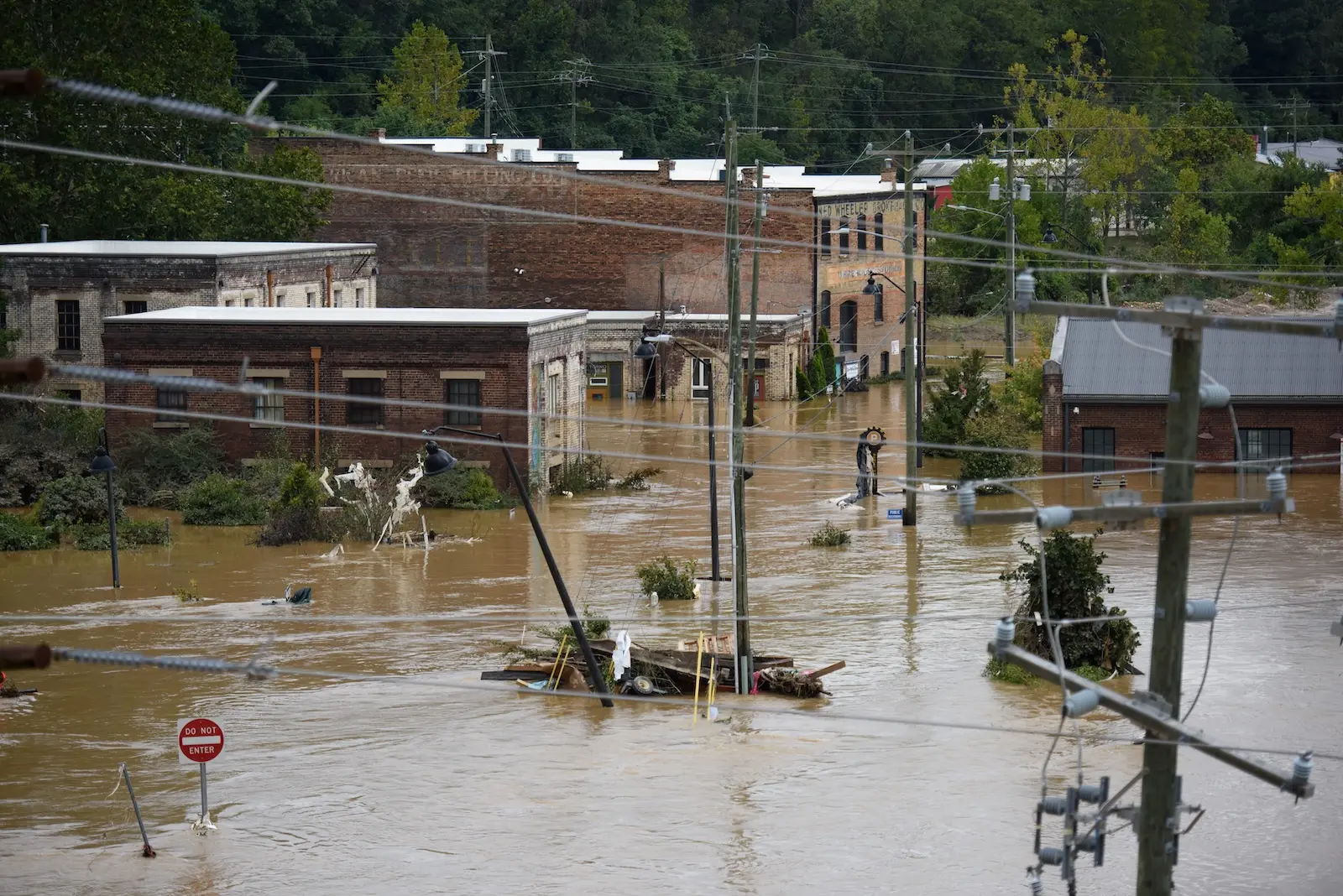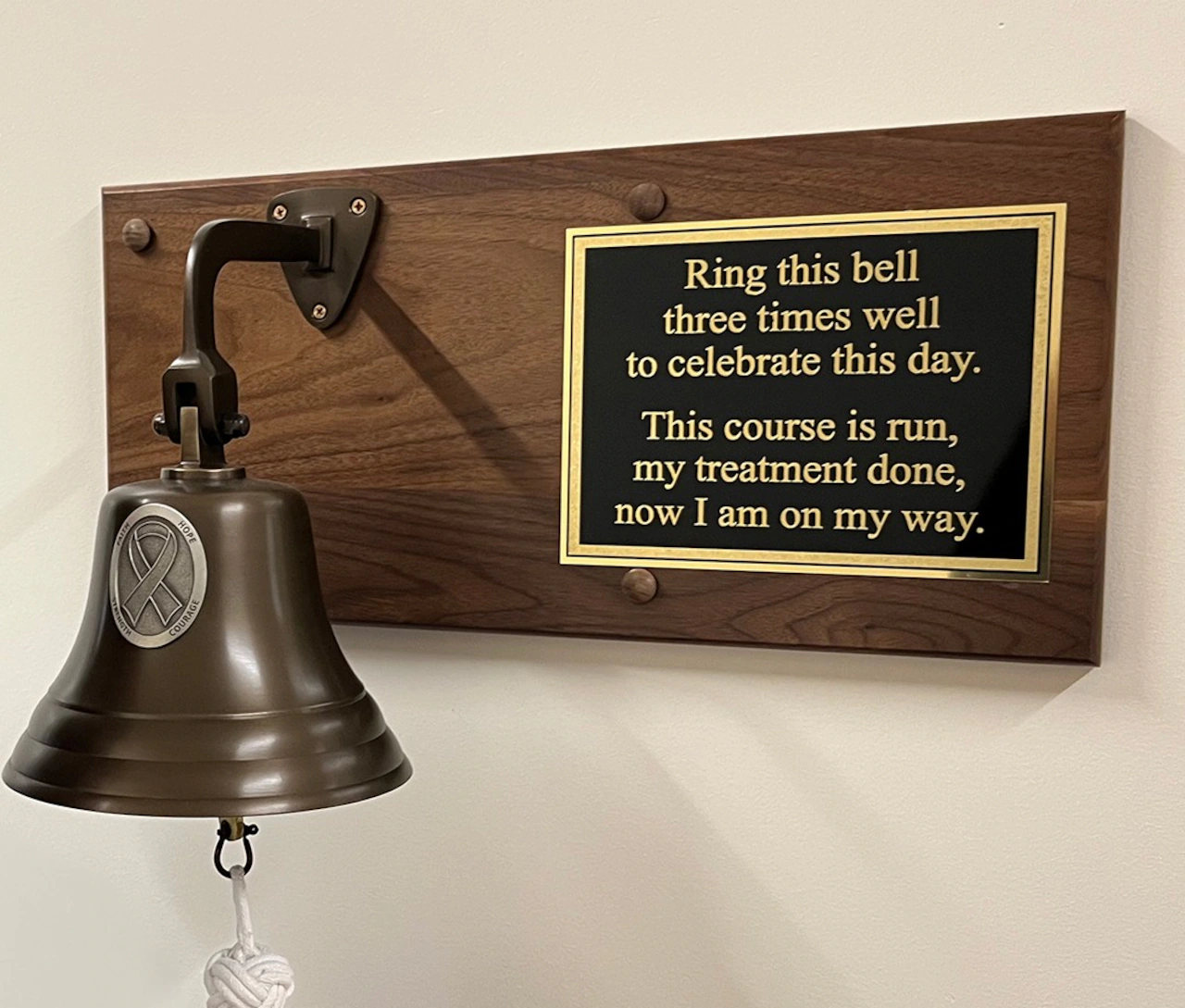Copyright ABC News

President Donald Trump announced on Wednesday that he is ordering the United States to resume nuclear testing, leaving experts wondering what this testing would entail and how it would be implemented. In a post on his social media platform, Trump wrote, "Because of other countries testing programs, I have instructed the Department of War to start testing our Nuclear Weapons on an equal basis. That process will begin immediately." On Friday, onboard Air Force One, when asked about his plan to resume nuclear tests, Trump told reporters "You'll find out very soon, but we're going to do some testing, yeah. Other countries do it. If they're going to do it, we're going to do it." Experts say it's unclear what type of testing Trump is referring to. "He may be thinking of missile testing, which the U.S. already does regularly. If he is referring to explosive nuclear testing, that is much more alarming," Tara Drozdenko, director of the Global Security Program at the Union of Concerned Scientists, told ABC News. Drozdenko said resuming nuclear testing would be a "political statement, with major consequences." She said it could motivate other nuclear powers like Russia and China to restart their own nuclear testing programs. Currently, North Korea is the only nation that is not observing a freeze on nuclear testing. If the U.S. resumes nuclear tests, it's unclear what form they would take. According to theUnited Nations, the U.S. conducted more than 1,000 nuclear tests between 1945 and 1992, when President George H.W. Bush announced a unilateral moratorium on nuclear weapons testing. Those tests took place in various environments, including the atmosphere, underground and underwater. Norman Kleiman, an associate professor of environmental health sciences at Columbia University, said nuclear testing can range from nonradioactive, known as subcritical, to incredibly radioactive. He said concerns about how explosive nuclear testing can impact health and the environment played at least some role in ending it. "I hope to God, and don't think he's talking about above-ground testing. That would be crazy," said Keliman. "I think probably the more realistic approach, if in fact this is real, would be some non-explosive or non-fissionable testing." When a nuclear explosion occurs, particles containing radioactive material can spread over a wide area, potentially for miles. These radioactive particles can then come into contact with people, animals and the environment. Depending on the test, the impacts can be confined to a small area or have broader regional effects, Kleiman said. If people are exposed to radioactive byproducts of a nuclear test, they are at risk of severe illness in the short term and an increased likelihood of cancer down the line. Kleiman says that radiation damages human DNA and causes mutations that are associated with cancer development. "So the biggest risk for radiation is to the unborn child in terms of orders of magnitude, the risk to an unborn child is far greater than any other risk, because you have so many cells that are developing and dividing, and things can go wrong very quickly," explained Kleiman. There is also the potential for long-term environmental impact. According to a 2014 study, nuclear testing in the second part of the 20th century had "serious ecological and social consequences." The paper's author found evidence of long-lasting radioactive contamination of the land, air and water across the planet, with hotspots of contamination at major test sites. While it's unlikely that the U.S. would resume atmospheric testing, previous tests have been responsible for the spreading of radioactive fallout. According to the EPA, "Detonating nuclear weapons above ground sends radioactive materials as high as 50 miles into the atmosphere. Large particles fall to the ground near the explosion site, but lighter particles and gases travel into the upper atmosphere." The agency says that radioactive particles can be swept into the atmosphere and fall back to Earth as fallout. "The highest particles can circulate around the world for years until they gradually fall to Earth or are brought back to the surface by precipitation," according to the EPA. The United Nations says atmospheric testing was responsible for a radiological disaster in the Marshall Islands in 1954. After testing a hydrogen bomb at Bikini Atoll, radioactive particles reached inhabited islands, a fishing boat and the members of the U.S. military. Some of the Marshall Islands remain radioactive to this day. Underwater testing is when the explosion takes place in water. In this type of test, the blast can disperse radioactive water and steam, contaminating marine life and nearby ships. "Let's start with the worst-case scenarios. He does do underground testing. What would happen if you exploded a nuclear bomb in one of these underground tunnels? You would have radioactive decay products, which could contaminate the environment," said Kleiman. Underground testing involves an explosion occurring under the surface of the Earth. This type of testing can be safer if the explosion is contained, but the U.N. warns that if underground nuclear tests "vent" to the surface, they can produce considerable radioactive debris." Kleiman added, "Underground testing, that's better than above-ground, but still not a good thing. There are other ways to test nuclear weapons. You can test the radioactive component of a nuclear weapon without actually exploding it." Drozdenko says underground explosive tests can result in "catastrophic breaches" that can harm site workers, and that "even small leaks can contaminate groundwater and ecosystems, posing possible long-term exposure and health risks." She noted that the world is still recovering from the Cold War-era nuclear testing and its impact on the people who worked on nuclear programs and those who lived close to the nuclear test sites. "Restarting explosive testing would also be a slap in the face to communities harmed by Cold War-era atmospheric nuclear tests, many of whom are still awaiting compensation from the government," she said.



